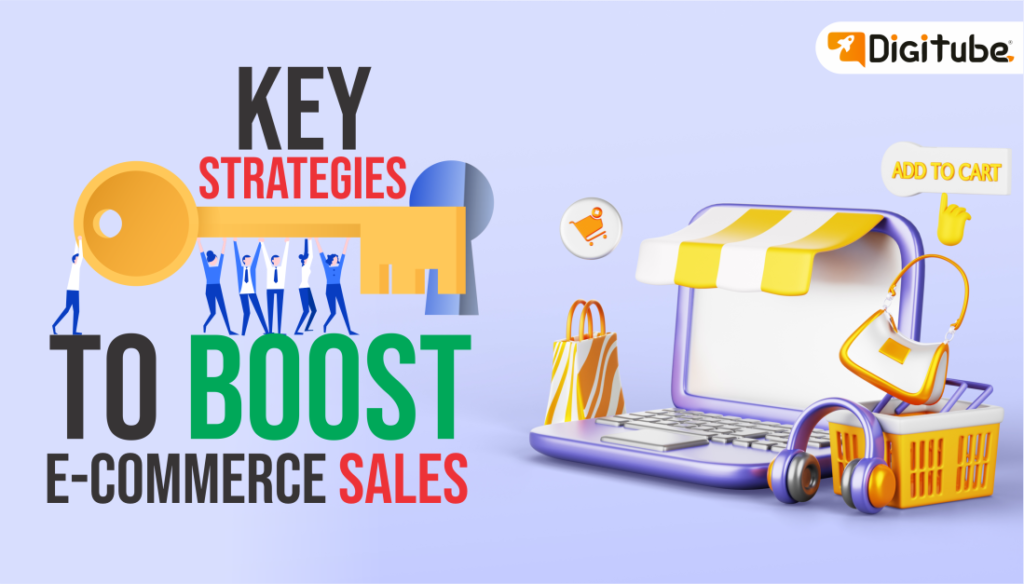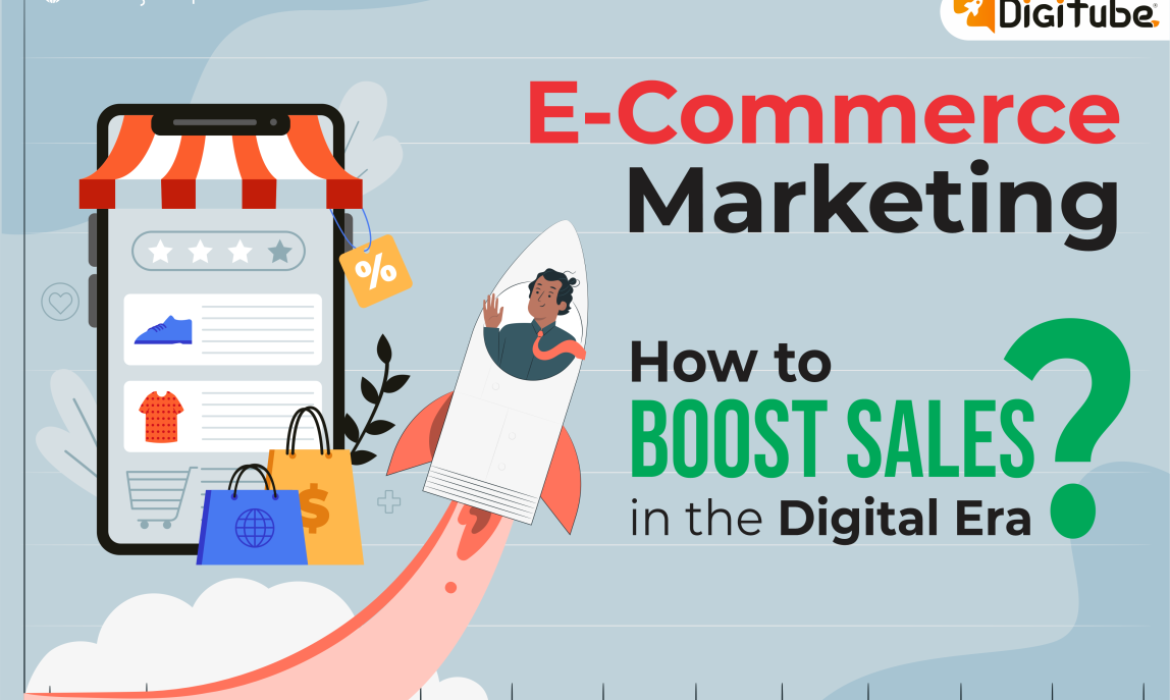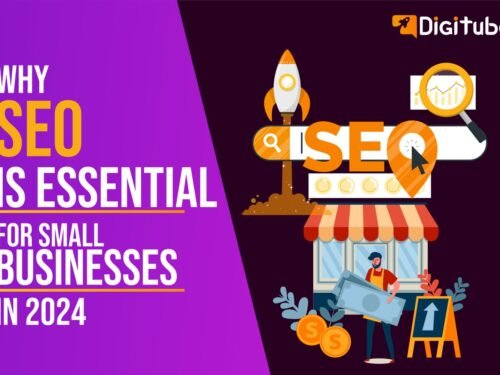
The rapid growth of e-commerce has transformed the way businesses operate, especially in the digital-first world. For businesses aiming to thrive in this competitive market, effective e-commerce marketing strategies are essential. In this blog, we’ll explore actionable tips, tools, and techniques to help businesses boost their sales in the digital era.
Understanding E-Commerce Marketing
E-commerce marketing refers to the strategies businesses use to drive traffic to their online stores, convert visitors into paying customers, and retain these customers for repeat purchases. The goal is to maximize revenue while delivering an exceptional customer experience.
Key Strategies to Boost E-Commerce Sales

1. Optimize Your Website for Conversions
- Mobile-Friendly Design: Over 70% of e-commerce traffic in India comes from mobile devices. Ensure your website is responsive and user-friendly.
- Fast Loading Speeds: A delay of even 1 second in page loading can reduce conversions by 7%. Use tools like Google PageSpeed Insights to optimize your site.
- Clear CTAs (Call-to-Actions): Place clear and compelling CTAs like “Buy Now” or “Add to Cart” to guide users through the purchasing journey.
2. Leverage SEO to Attract Organic Traffic
Search Engine Optimization (SEO) is critical for visibility in search engine results.
- Keyword Research: Use tools like Ahrefs or SEMrush to identify high-ranking keywords relevant to your products.
- Product Descriptions: Write unique, keyword-rich product descriptions to improve ranking and engage customers.
- Image Optimization: Compress images and use alt text to improve page load speed and SEO performance.
3. Harness the Power of Social Media
Social platforms are key drivers of e-commerce sales.
- Shoppable Posts: Platforms like Instagram and Facebook allow direct purchases through posts and ads.
- Engaging Content: Use videos, infographics, and customer testimonials to build trust and showcase products.
- Collaborate with Influencers: Partner with influencers to tap into their audience and build credibility.
4. Use Paid Advertising Effectively
- Google Ads: Utilize search and display ads to target potential customers actively searching for your products.
- Social Media Ads: Platforms like Meta and TikTok offer precise targeting based on demographics, interests, and behavior.
- Retargeting Ads: Re-engage visitors who left your website without making a purchase with retargeting campaigns.
5. Offer a Seamless Checkout Experience
- Simplify Checkout: Reduce the number of steps in the checkout process.
- Multiple Payment Options: Include credit/debit cards, UPI, digital wallets, and EMI options for convenience.
- Cart Abandonment Emails: Send automated emails to remind users of their abandoned carts, offering discounts or free shipping to incentivize them.
6. Focus on Customer Retention
Acquiring a new customer is 5x more expensive than retaining an existing one.
- Loyalty Programs: Reward repeat customers with points, discounts, or exclusive access to new products.
- Email Marketing: Use personalized email campaigns to recommend products based on past purchases.
- Exceptional Customer Support: Offer 24/7 support through live chat, WhatsApp, or phone to build trust and loyalty.
Top Tools to Boost E-Commerce Sales

- Shopify & WooCommerce: For building and managing online stores.
- Google Analytics: To track user behavior and website performance.
- Mailchimp: For email marketing automation.
- Hootsuite: For managing social media campaigns.
- Hotjar: To analyze user interactions through heatmaps and session recordings.
Emerging Trends in E-Commerce Marketing
- Voice Search Optimization: Optimize your website for voice search to cater to growing smart assistant users.
- Social Commerce: Selling directly through social platforms is becoming increasingly popular.
- AI-Powered Personalization: Use AI tools to recommend products and create tailored shopping experiences.
- Video Commerce: Live streaming product demos and Q&A sessions drive engagement and sales.
- Sustainability Marketing: Highlight eco-friendly practices and products to attract conscious consumers.
Conclusion
The digital era presents immense opportunities for e-commerce businesses to scale rapidly. By combining a user-centric approach with innovative marketing strategies, you can boost sales and establish a strong online presence. Keep experimenting, analyzing, and adapting to market trends to stay ahead in the competitive e-commerce landscape.
Ready to take your e-commerce business to the next level? Start implementing these strategies today!
Digitube Prime – Your Partner for Digital Success.






